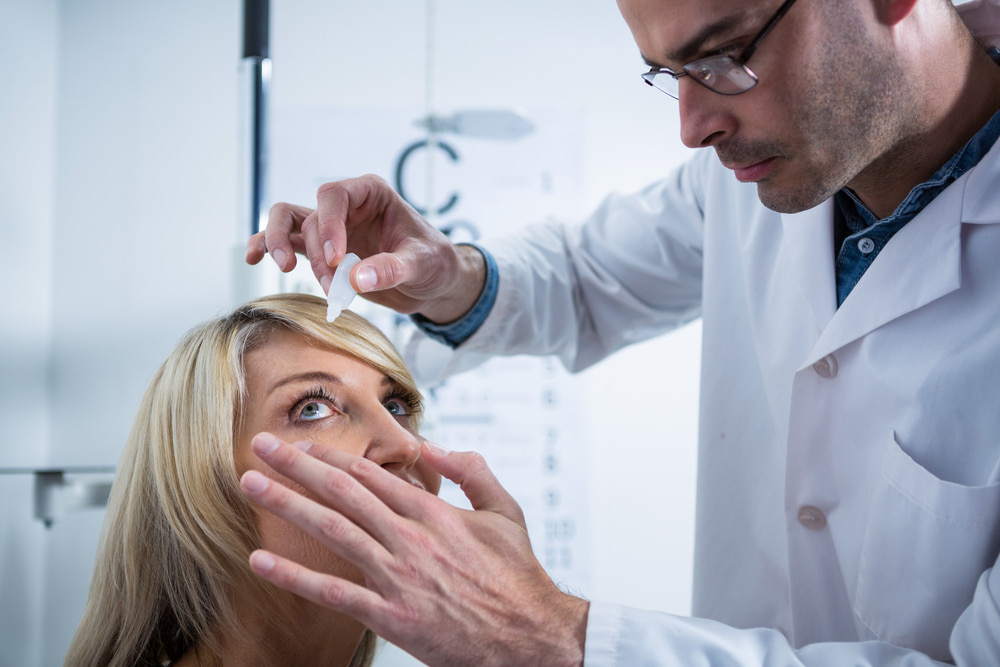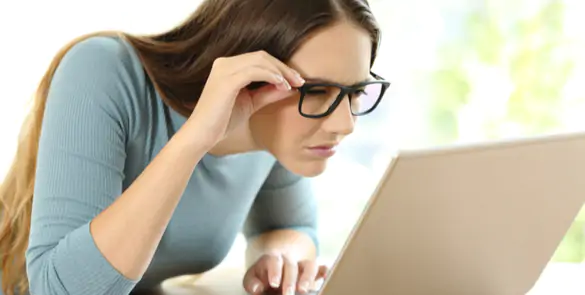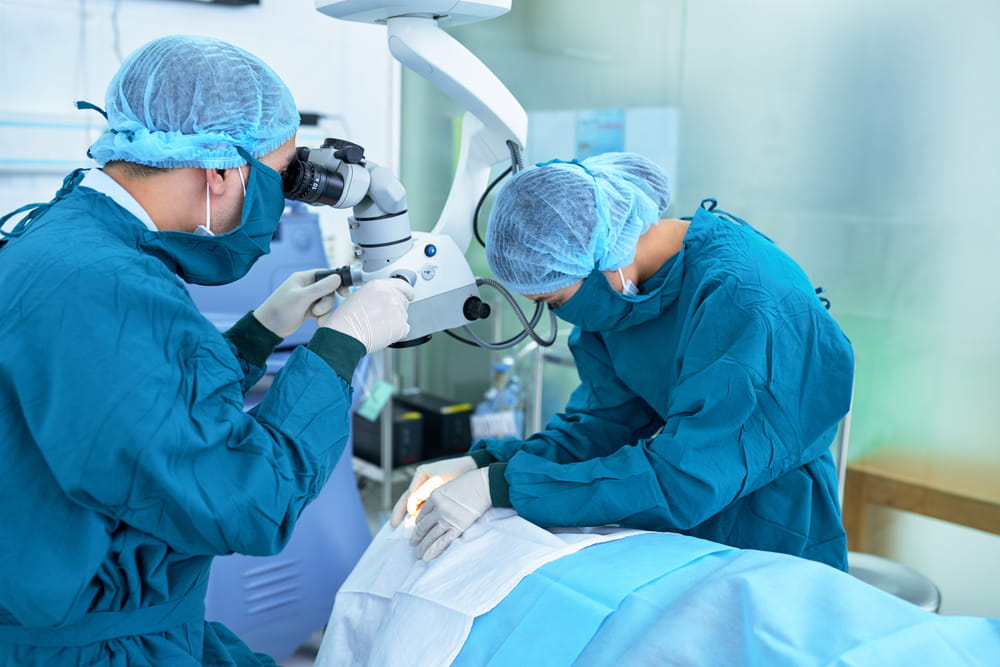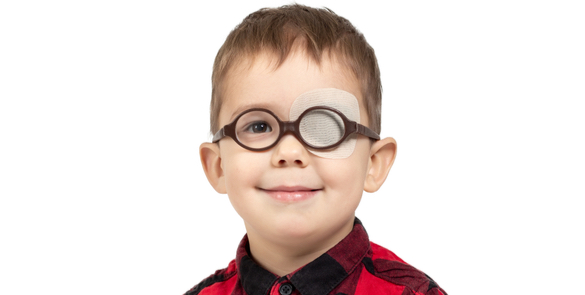Atropine Eye Drops: Uses, Benefits & What to Know Atropine has two effects when instilled in the eyes: Dilates the pupil (makes the black part of the eye larger). Stops the eye from focusing properly – blurring the child’s near vision temporarily. Why has my child been prescribed Atropine? Atropine has been prescribed to enable… Continue reading Atropine Drops
Astigmatism information
Facts Astigmatism is a treatable eye condition that can cause blurred vision and headaches. It is a refractive condition in which the eye’s optical system is incapable of forming a point image for a point object (images are misconstrued). The refractive error of the astigmatic eye stems from a different degree of refraction in different… Continue reading Astigmatism information
Aqueous Shunts
Aqueous shunts are devices that are used to reduce the eye pressure in glaucoma by draining the aqueous humour (natural fluid of the eye) from inside the eye to a small blister or bleb behind the eyelid. Draining the aqueous humour, using a shunt, reduces the pressure on the optic nerve that causes loss of… Continue reading Aqueous Shunts
Amblyopia Therapy
What is Amblyopia? Lazy eye – the medical term is Amblyopia – is a common eye condition amongst younger children. It means that one eye is not developing properly and becomes ‘lazy’ because the brain is working harder with the good eye to compensate. The problem is that if the brain ignores the lazy eye,… Continue reading Amblyopia Therapy
General Eye Health
[:en]Regular eye checks should provide the basis for maintaining proper eye health, as some of the serious eye conditions do not have any visible early warning symptoms. However, while prevention is the best defence, problems or injuries can occur suddenly and unexpectedly. The ability to recognise signs and symptoms and also knowing what to do… Continue reading General Eye Health
Anatomy of the Eye
[:en]Although it is small in size, the eye arguably provides us with the most important of the five senses – vision. This section gives an overview of the anatomy of the eye and how the eye works. [:ar]على الرغم من أن العيون تعد جزءاً صغيراً من الجسم، وأنها تزودنا بأهم حاسة من حواسنا، ألا وهي… Continue reading Anatomy of the Eye
Ocularist
[:en]An Ocularist makes and fits artificial eyes. Our aim at Moorfields Eye Hospital Dubai is to create a hand-crafted eye with a very natural look indistinguishable from the real eye. Made from acrylic, these artificial eyes are very strong, easy to maintain and are comfortable to wear. The Ocularist also provides a polishing and repair… Continue reading Ocularist
Ophthalmologist
[:en]Patients who need further specialist treatments for their eyes go to an Ophthalmologist. An Ophthalmologist is a medical doctor who specialises in the medical and surgical care of the eyes, visual system and in the prevention of eye diseases and injuries. They provide the full range of care including routine eye examinations, diagnosis and treatment… Continue reading Ophthalmologist
Orthoptist
[:en]Children who need to see an eye Specialist will initially go for a review with an Orthoptist – a health professional who specialises in eye movement problems and disorders that affect how the eyes work together. These conditions are typically diagnosed in childhood; so Orthoptists are highly experienced in examining children of all ages and… Continue reading Orthoptist
Optometrist
[:en]Patients who need to have a vision test or have glasses/contact lenses fitted to correct their vision, go to an Optometrist. An Optometrist is a health care professional who is licensed to provide primary eye care services. Optometrists examine and diagnose vision defects such as near sightedness, farsightedness, astigmatism (blurred vision), and presbyopia (reduced ability… Continue reading Optometrist
Facilities
Medical Retina Clinics
[:en]The team in this service treats conditions at the back of the eye, which are treated medically using drugs, eye drops or lasers, and includes diabetic eye screening. Conditions treated by clinicians in this service include age-related macular degeneration (AMD), retinitis pigmentosa, diabetic retinopathy, retinal blood vessel blockages and inflammation at the back of the… Continue reading Medical Retina Clinics



